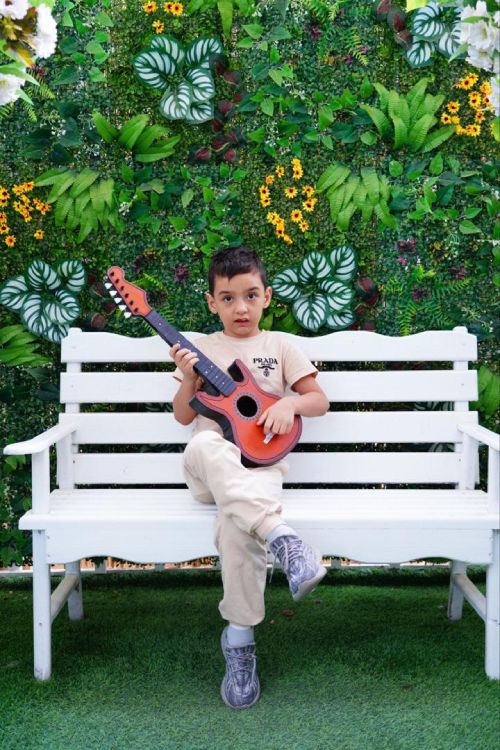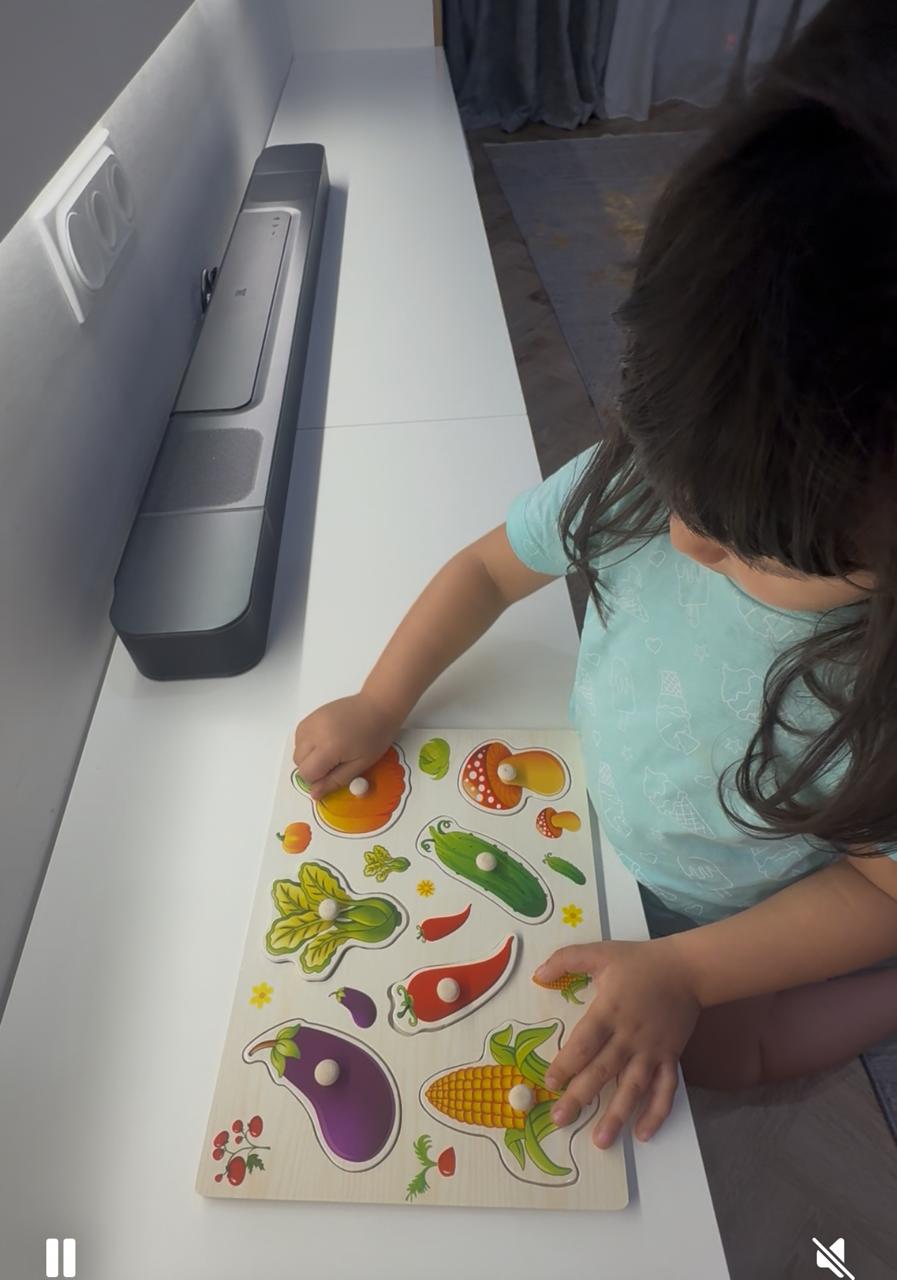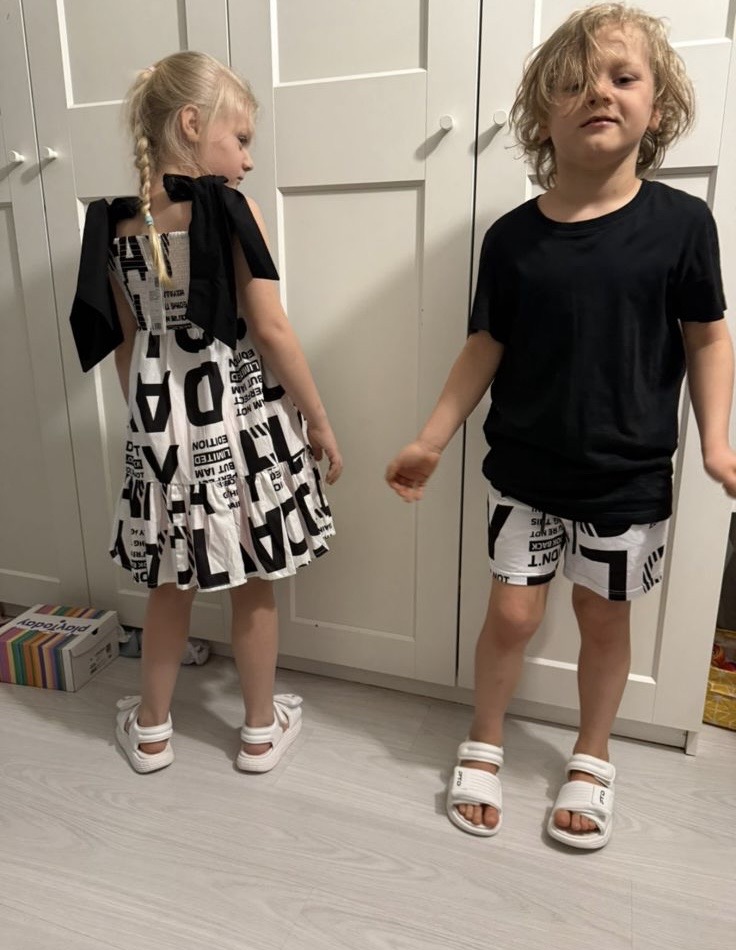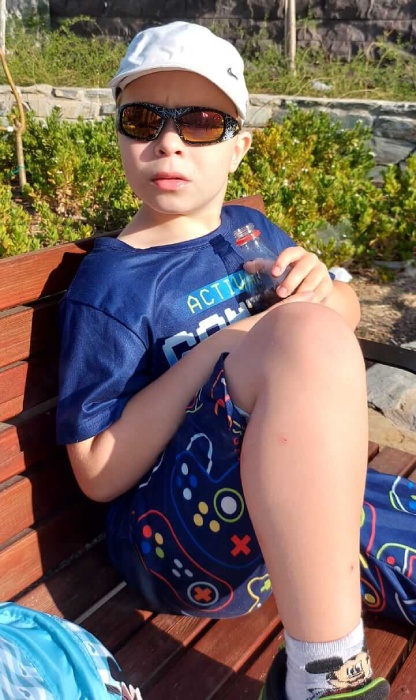How to Teach a Child with Autism to Dress?
Teaching the skill of dressing in autism requires patience, consistency, and adaptation of the method to individual characteristics. These characteristics are unique to each person with autism spectrum disorder, so it is essential to first observe the behavior closely to understand the specifics of their actions and identify the reasons why changing clothes becomes a challenging task for such children.
The problem may lie in the construction of the clothes themselves: for example, an autistic child may have no trouble putting on a T-shirt, but buttoning a shirt or zipping up a jacket may require assistance, which is essential for developing attention and fine motor skills.
- Breaking Down the Dressing Process
First, determine which stages the dressing process can be divided into. The simpler these stages are, the quicker the child will realize what needs to be done. You can start with something basic, such as pulling on socks, then move on to more complex tasks—asking the child to put on and fasten pants, and later transitioning to a T-shirt and shirt. The final stage will involve outerwear, which should be planned to align with the relevant season (depending on the speed of skill development). Initially, you should fully dress the child, then allow them to put on one item of clothing themselves, then two, and so on. It’s important that all this happens in a calm environment, without haste, so the learning should take place during free time and not right before leaving the house. Such activities should become part of the daily routine. - Use of Visual Cues
As with many other cases, using visual cues will be very beneficial, as many autistic individuals process information better when presented in images. Parents can create step-by-step pictures that explain the sequence of actions or find instructional videos—there are many such videos on YouTube and other online platforms. - Modeling Behavior
Take advantage of autistic children’s tendency to imitate the actions of others. The child may grasp the process better if the parents demonstrate it themselves. You can dress alongside them, slowly narrating each action (“First, I put the sock on my foot, then I pull it up”), or you can have the child attempt the task independently while using a mirror so they can see what they’re doing. - Hand-over-Hand Method
A similar method is the “hand-over-hand” approach. If the child finds it difficult to understand and perform certain actions, they need help, and their hands should be gently guided to remember the correct movement. Over time, as parents provide less assistance, the child will start dressing themselves without thinking about exactly what needs to be done and when. - Consideration of Sensory Issues
Don’t overlook sensory sensitivities. If the child has heightened sensitivity, it’s important that the clothing is comfortable and pleasant to touch. Especially in the early stages, avoid using clothes with buttons or complicated fasteners. If the child is successful at learning to put on a T-shirt and pants with an elastic waistband, that can already be considered an achievement. - Making the Process More Fun
It’s possible that simplifying the process and making it more engaging can be achieved through playful methods. Start by teaching dressing with a favorite toy. The child is likely to enjoy a competition: who can get dressed faster (of course, the parents will have to play along). Enhancing the imagination can involve creating a “magic” word or rhyming phrase for each stage. And, of course, praise and other positive reinforcements will encourage the child to be motivated to succeed.
Role of Parents in Dressing Training
The role of parents in teaching dressing is invaluable, but they must be prepared for the fact that it will require considerable time and patience. However, there is a way to simplify their task—by helping the child overcome autism and its symptoms. This can be most effectively achieved through cellular therapy, an innovative, safe, and entirely natural method.
Cellular therapy involves the transplantation of stem cells—basic elements of the body—which initiates the regeneration process. These cells can transform into any other specialized cells that make up the organs and tissues. Thus, stem cells replace damaged cells that are not functioning properly, helping to normalize brain and nervous system activity. This positive result is long-lasting and often lifelong, which enhances the effectiveness of additional correction methods.
This approach, once considered a risky experiment, is now widely recognized and may become the main treatment for autism and its symptoms. Leading clinics around the world, including the Mardaleishvili Medical Center, employ this therapy. The center is equipped with the latest high-tech equipment and staffed with highly trained doctors with extensive successful experience. The quality of service meets the highest global standards, while the cost is lower than in countries with comparable healthcare systems. Additionally, the staff will provide full assistance in trip planning and resolving other issues, including accommodation during rehabilitation.
Undergo Cellular Therapy — And Dressing Will No Longer Be a “Puzzle” for Your Child!
Autism Treatment Center Videos
Autism treatment with own stem cells
Cord blood association congress
International Quality Crown
Autism Treatment Reviews
Autism treatment with own stem cells
The story of Alessandro (6 years old)
Autism Patient Testimonial - Stem Cell Treatment
Clients Testimonials

Anna – Sasha’s mother Read More

Amirkhon’s father — Tokhir Read More

Dilana’s mother Read More

Irina and Stefan – Ilya’s parents Read More

Kristina – mother of Nelly and Nik Read More












